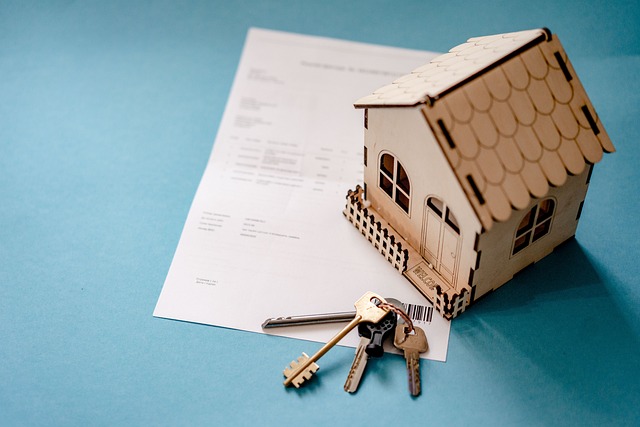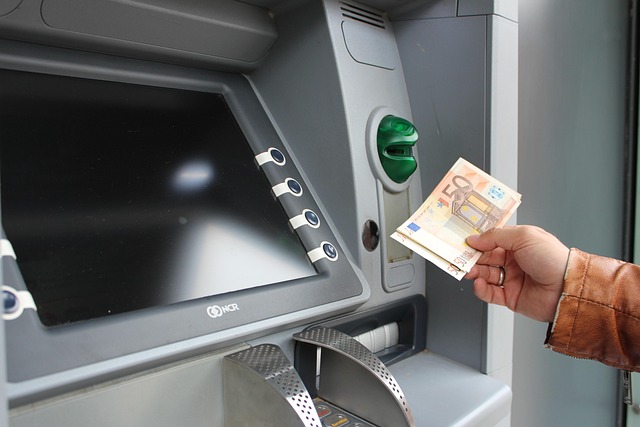After Chapter 7 Bankruptcy, car title loans provide alternative funding but require careful consideration due to high interest rates. While offering quick approval, securing a loan with your vehicle poses risks. Strategically use car title loans for short-term needs while prioritizing rebuilding credit through responsible borrowing and secured cards to regain financial stability.
After experiencing bankruptcy under Chapter 7, rebuilding financial stability can seem daunting. One option gaining traction is securing a car title loan. This article guides you through the process and offers insights into post-bankruptcy eligibility criteria for such loans. We’ll walk you through the steps involved in acquiring a car title loan, provide strategies to enhance your credit score after bankruptcy, and offer valuable tips for responsible borrowing.
- Understanding Car Title Loan Eligibility Post-Bankruptcy Chapter 7
- The Process: Getting a Car Title Loan After Bankruptcy Filing
- Strategies for Building Credit Following a Chapter 7 Bankruptcy and Car Title Loan
Understanding Car Title Loan Eligibility Post-Bankruptcy Chapter 7

After filing for Chapter 7 Bankruptcy, individuals often face challenges when seeking traditional loan options due to their credit score and financial history. However, car title loans can be a viable alternative for those looking for emergency funding or debt consolidation. Understanding eligibility requirements is crucial in this scenario. Lenders offering car title loans after bankruptcy typically focus on the value of your vehicle rather than your creditworthiness. This means that even with a recent bankruptcy filing, if you own a car with substantial equity, you may qualify for a loan.
The process involves providing proof of ownership and allowing the lender to place a lien on your vehicle. Quick approval is often possible, offering a fast solution for cash needs. It’s important to note that while car title loans can provide relief during financial struggles, they should be considered as a temporary measure due to their high-interest rates. Additionally, individuals should ensure they fully comprehend the terms and conditions to avoid defaulting on the loan, which could impact their ability to regain financial stability.
The Process: Getting a Car Title Loan After Bankruptcy Filing

After filing for Chapter 7 bankruptcy, many individuals wonder if they can access loans to help rebuild their financial standing. One option that’s often considered is a car title loan—a short-term, high-interest lending scheme secured by your vehicle. The process typically involves several steps. First, you’ll need to ensure you’ve had your bankruptcy discharge, which clears most or all of your debts. Next, you’ll want to assess your vehicle equity—the difference between the market value of your car and any outstanding loans on it—as this determines loan eligibility.
Lenders will evaluate your creditworthiness based on factors like income, employment history, and the condition of your vehicle. Given the high-interest nature of these loans, it’s crucial to understand the potential financial impact. Interest rates for car title loans can vary significantly, often ranging from 20% to 300% annually, depending on state regulations and your creditworthiness. However, with responsible borrowing, a car title loan after bankruptcy can offer a bridge to financial stability if used strategically for short-term needs.
Strategies for Building Credit Following a Chapter 7 Bankruptcy and Car Title Loan

After a Chapter 7 Bankruptcy, rebuilding your credit history can seem daunting. However, there are practical strategies to help you regain financial stability and improve your credit score over time. One effective step is to establish consistent, on-time payments for everyday expenses like utilities or cell phones. This demonstrates responsible borrowing behavior to lenders. Additionally, consider secured credit cards as they offer a tangible deposit that can serve as collateral, allowing you to build positive payment history.
While a car title loan after bankruptcy might seem appealing due to its potential for faster funding, it’s crucial to weigh the risks. Securing a loan with your vehicle could put your transportation at risk if you’re unable to meet payments. However, some lenders offer flexible payment plans to accommodate various budgets. Keep your vehicle and maintain control by choosing a reputable lender who understands that rebuilding credit takes time through responsible financial management.
While a Chapter 7 bankruptcy can temporarily impact your creditworthiness, it doesn’t have to define your future. With the right strategies and understanding of car title loan after bankruptcy guidelines, individuals can rebuild their financial foundation. By following the outlined process and employing effective credit-building tactics, one can access a car title loan as a stepping stone towards recovery and even enhance their credit score over time. Remember, responsible borrowing and consistent effort are key to navigating this journey successfully.






